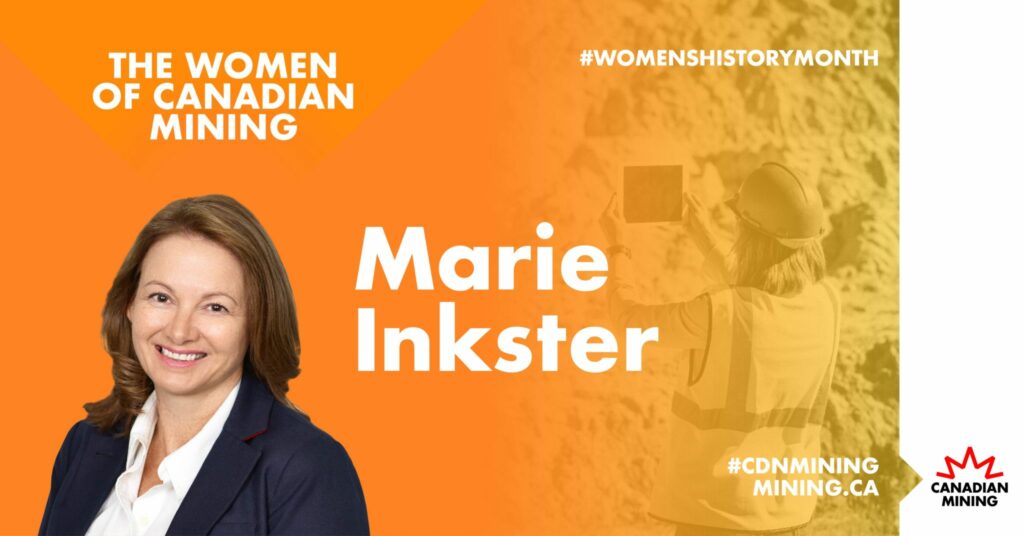There are numerous stakeholders who are unequally affected by the range of positive and negative impacts associated with all aspects of mining projects, including location, design and management of mine waste. It is widely understood that mining in certain areas can result in long term and unforeseeable impacts. Making decisions on the best available designs and technologies to implement in order to minimize these unknown or uncertain impacts is, to say the least, difficult. The liabilities and economic and environmental consequences of making the wrong decisions can be extremely burdensome not only to the proponent but to society. It is therefore not surprising that the project approval process has evolved so that, today, all stakeholders, including the proponent, regulatory agencies and community representatives, participate in the project review process on many levels. Due to the multidisciplinary and inter-agency involvement, the ‘science’ of decision theory is finding it’s way into the mining industry and is being applied at various levels from Feasibility Studies to Closure Plan Designs.
Ultimate decision making, as to whether a particular option is acceptable and may proceed requires collective understanding of positive and negative impacts. It also requires a framework under which stakeholders can express their concerns and communicate their assessments of the relative values of positive and negative impacts. It is therefore important that not only the ultimate selection of the most suitable option be made, but that a clear, transparent and communicable selection and evaluation methodology be implemented in the decision making process.
The selection of a tailings storage site is perhaps the first stage in a mine’s development in which stakeholders’ opinions should be sought. Tailings impoundment are large, anthropogenic structures that are often susceptible to erosion, floods, earthquakes etc. Tailings storage sites rarely offer any economic return to the company and require monitoring and maintenance during and after mining operations. There are therefore, long-term risks, both environmental and economic, associated with any tailings storage facility. Maximizing environmental “safety” while minimizing cost most often involves evaluating “trade-offs”. In order to select the most suitable, or advantageous, option from a list of alternatives for tailings site, design and management options the evaluator(s) must weigh the benefits and losses of each option.



